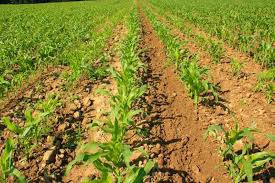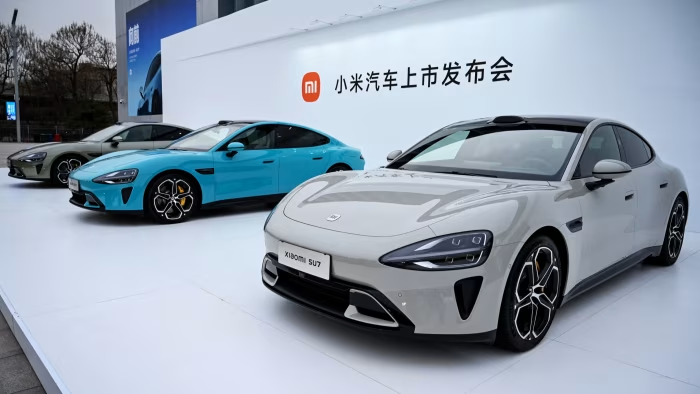
But what is the actual value of the bottle? Is it quantified by working out the economics of production, or is it the shelf price that the consumer is willing to pay? In the wine growing areas of Europe and Americas it costs approximately US$15 to produce a single bottle, be it a declared vintage from Bordeaux or Burgundy, a great Zinfandel from California’s Napa Valley or a luscious, full bodied, velvety Port from Portugal’s Duoro region.
Then the marketing mystique, the guarantees from the Appellation Controllée and other regional quality systems, the history, and also the mistrust, kick in. Yes, the mistrust. The New World wines, especially the South African and South American varieties are cheap to produce when you look at the costs of producing a bottle in the “Old World” wine growing areas of Europe and the Mediterranean.
The overheads and economics are lower, resulting in a production cost of between three and five dollars per bottle.
Paying US$80 to US$100 a bottle in South Africa for South African wine — although not rare — is not commonplace. Consumers know what they want and what they are prepared to pay, and the “medium range” priced wines offer good value and provide the bulk of sales at US$7 to $12.
Some are even cheaper. Although the “bargain barrel” wines are popular, the quality expectation is not high. Consumers, however, tend to shy away from the “two buck chuck” bottles. This is where the mistrust comes in. They are just “too cheap”. They must have something seriously wrong with them, surely? Vinegar dressed up in a nice wine bottle? More expensively priced wines should automatically be of a better quality. But are they? Why the huge disparity between production cost and selling price?
Much is due to the aura, mystique, reputation and history that surrounds the making and production of wine. Before the Beaujolais offerings are introduced to the market each year, most of the vintage has already been pre-sold. The same can be said of wines produced in Bordeaux. Questions like “are you a right bank or a left bank man?” Adds huge monetary value to the liquid. Tales of legendary vintages, the history behind the acquisition and development of the great estates by the Catholic Church in France, their subsequent cutting up after the inheritance laws laid down by Napoleon III were promulgated, all add an immense quantity of fiscal weight to every eagerly anticipated sip! It is the same for wines from the Cape of Good Hope, where 300 years of wine growing history are compressed into every 750ml bottle!
In terms of investment value, wine can age well, just like the antique industry. Quality vintae automobiles can fetch prices that make the eyes water. Recently cases of Chateau Neuf Du Pape bottled in the 1870s were auctioned for US$25 000 per bottle, and that was just the starting price! The wine itself must surely be undrinkable, but the purchaser really wanted one, and was prepared to pay silly money for it. At least you can admire an antique showcased in a display cabinet.
The US$25 000 bottle of C.N.D.P. would have been spirited away (no pun intended) into a dark, dusty underground cellar, far from prying eyes and pawing hands, to be brought out on rare occasions, ogled, possibly stroked, before being taken away yet again into the cellar’s dingy confines by the jealous owner. You wouldn’t even be allowed to open it and have a sip. Weird? All I know is that I will never be in a position to buy a US$25 000 bottle of wine, and neither would I, even if I was.











